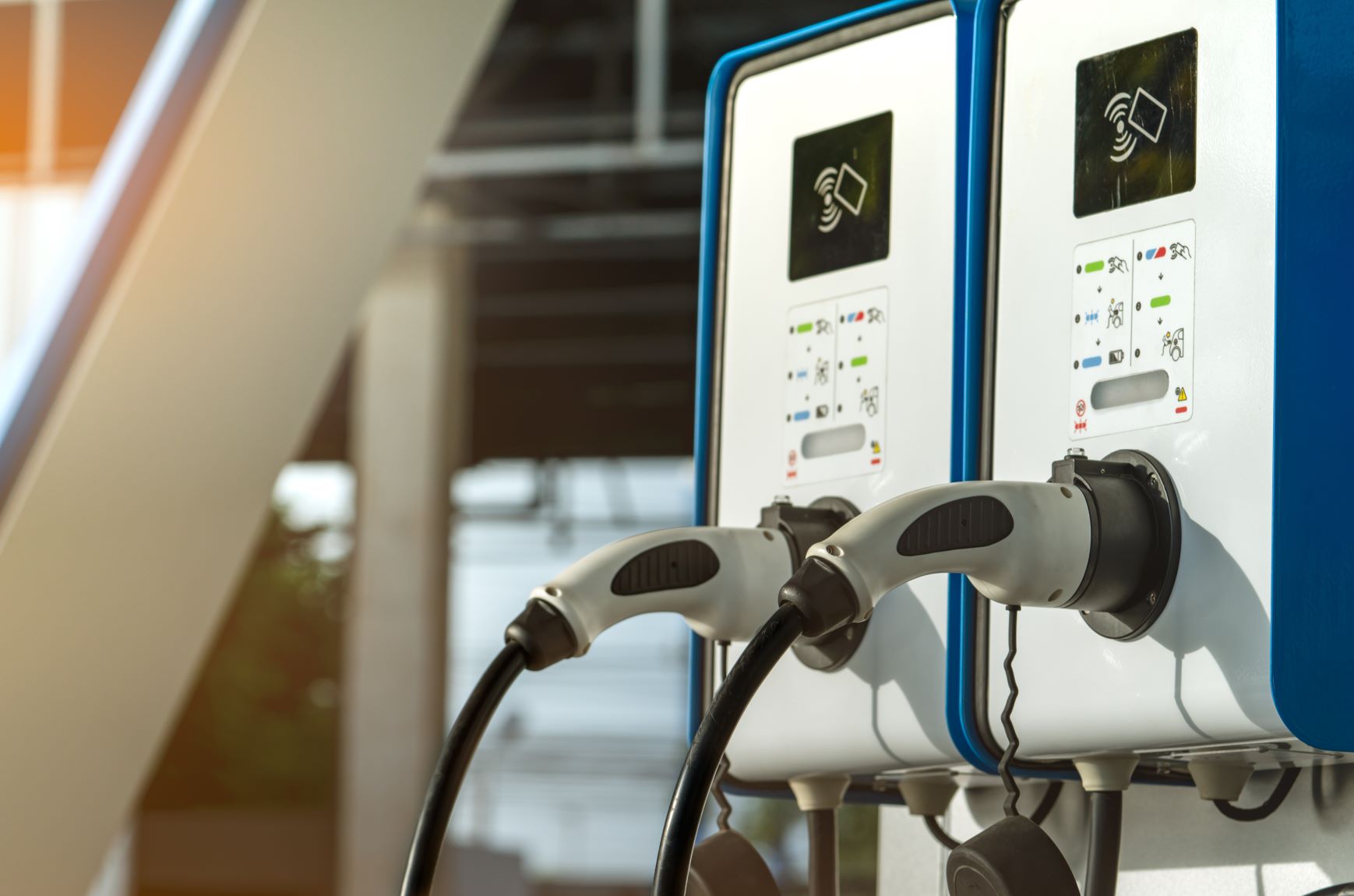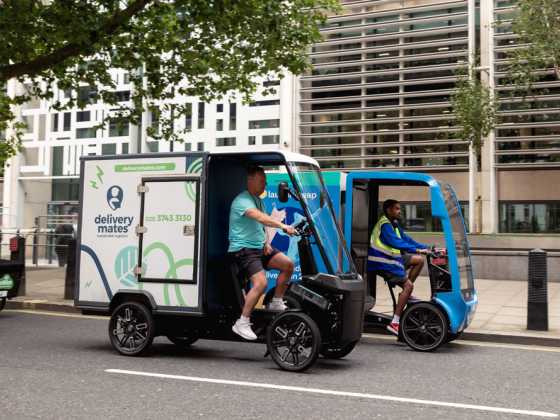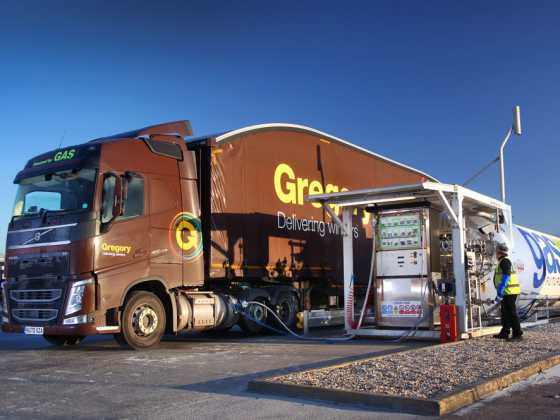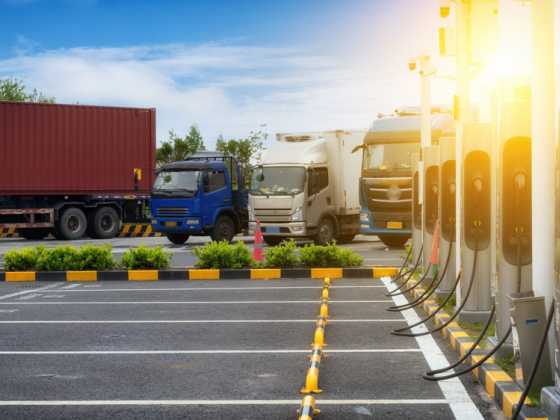Planning a profitable electrification strategy

It’s easy to focus on the challenges fleet operators face when it comes to electrification. But help is at hand to manage the transition and capitalise on the opportunities the change also presents, explains Leon Rooke from Centrica Business Solutions
When the history books for 2020 are written, the acceleration in the government’s plans to electrify road transport won’t get top billing – for obvious reasons; the Covid 19 crisis is currently dominating the agenda for most people, including fleet managers.
However, looking ahead it’s clear that the shift to electric vehicles (EV) demands attention from any business running a fleet – especially following the announcement that no new internal combustion engine vehicles can be sold after 2035.
The situation is particularly pressing for those in industries where large fleets are commonplace such as manufacturing, logistics and retail – those where the required up-front financial investment will be the greatest.
The cost of change
Earlier this year, Centrica Business Solutions commissioned a survey of 200 UK firms to see what progress was being made towards electrification, and we found that businesses are already earmarking large sums to allow them to make the switch.
In the two years since the government first announced the ban on the manufacture of petrol and diesel vehicles, businesses had already spent an estimated £8.2 billion on EV adoption. And the research suggests that this figure is set to increase as firms accelerate the introduction of electric cars and vans into day-to-day operations.
The cost of electrification not only consists of the need to acquire the vehicles themselves, but also of the other adaptations that firms will need to make in order to make an EV fleet workable. Chief among these is the installation of charging infrastructure, highlighted by 38 per cent of respondents to our survey as a concern, and the increase in energy consumption that will follow, which was a worry for 37 per cent.
Some of these costs will be more easily mitigated and managed than others. Leasing instead of buying vehicles outright, for example, can remove much of the upfront expenditure on vehicles, and this is a common approach many fleet managers already take in order to keep their vehicles up to date.
However, effective energy management will quickly become a major concern for businesses as more of their vehicles become electric.
Many of the businesses in our survey had already recognised this, but still a third (28 per cent) hadn’t considered what energy technology they would need to support on-site vehicle charging.
But, again, with the right strategy and technology in place, forward-thinking businesses will be able to navigate a path to electrification that will not break the bank, and which could even open up new revenue streams.
Charging and energy storage hand-in-hand
The cost of powering a large fleet of electric vehicles solely with electricity bought from the grid would be significant.
To mitigate against this, more and more firms are choosing to generate a portion of the energy they’ll need on-site. Deploying modern energy technology such as solar panels, combined heat and power units and battery storage allows a business to meet the additional power demands of new EV charging points by generating and storing its own power on-site, independent of the grid.
For example, a business can install solar panels and battery storage on its premises, link these to its EV infrastructure and monitor the entire chain with smart sensors, giving it complete control over the entire energy chain.
Electricity generated through the solar panels can power charging points directly – and any surplus can be stored in the battery to cover future short-falls in power caused by peaks in demand or a weather-related drop in supply.
What’s more, it may be possible for businesses to use the sizeable power reserve that a fleet of electric vehicles represents to generate additional revenue.
Exporting power
As the government looks to move away from a centralised, largely fossil fuel-based model of power generation towards an approach based on locally generated renewable energy, power will be generated much closer to the point of consumption. This will reward producers – including businesses – that are ready to provide energy at short notice during periods of high usage.
It’s likely that, in the not-too-distant future, businesses with large EV fleets will be able to use the vehicles as storage batteries for this purpose, a process known as vehicle-to-grid (V2G) charging. Unused electricity sitting in fleet vehicles could be extracted and sold to the grid for profit or used to support other power needs.
But there are more immediate benefits available in the form of Demand Side Response (DSR) schemes.
Firms that sign up to DSR commit to reducing or shifting their energy consumption when demand on the grid threatens to exceed supply. The aim of these schemes is to ensure that the grid always has more energy coming in than it does going out by supplementing what it produces with energy created elsewhere.
Companies can access financial incentives for participating in a DSR scheme through the government’s capacity market, which pays out for the energy it receives from private enterprises. The market also rewards businesses that can adjust their demand when asked, normally for no longer than half an hour at time – something that a firm storing energy in a battery would be able to do without affecting its own supply.
The road ahead
Fleet operators face a challenge in guiding their businesses through the transition to EVs. As our research showed, there will be some unavoidable costs along the way. But, by adopting on-site energy technology, firms can better manage the increased energy demand of vehicle charging.
Not only that, but those firms that can take control of their own power generation and storage will find themselves in a strong position to generate new revenue as the capacity market plays an ever more important role in how the UK is powered.
Leon Rooke is Commercial and Business Sales Manager at Centrica Business Solutions






